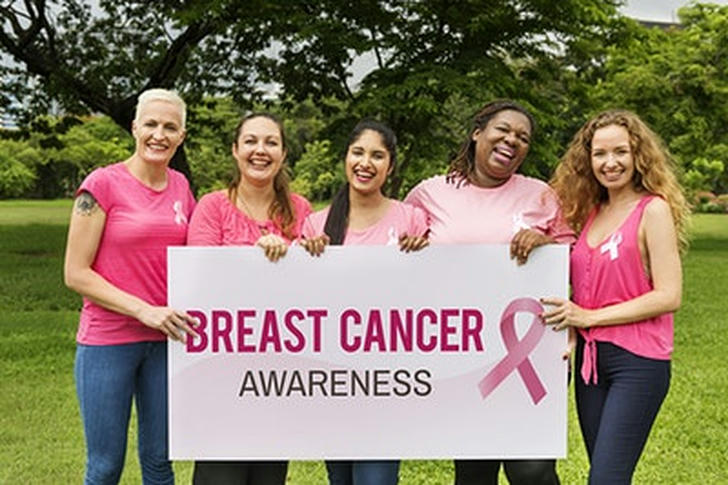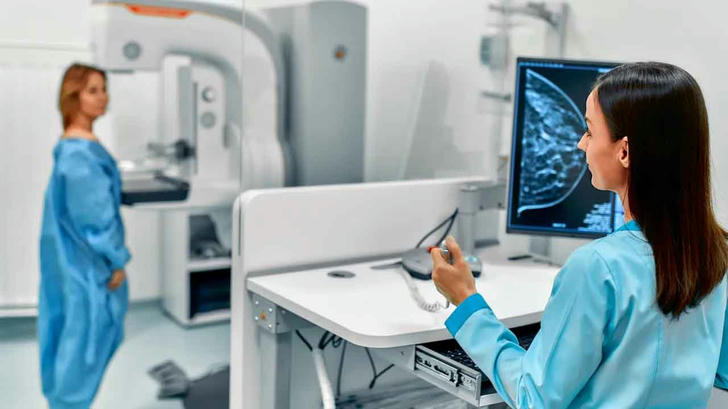Comprehensive Breast Cancer Guide: Evidence-Based Strategies
Breast cancer management requires a holistic approach that integrates cutting-edge science, personalized care, and psychosocial support. This 52,000-word guide bridges molecular biology, clinical practice, and patient empowerment. Features include 3D tumor progression models, cost-benefit analyses of treatment options, and survivorship roadmaps validated by oncology experts.
Section 1: Breast Cancer Biology & Risk Factors
1.1 Genomic Complexity
Breast cancer arises from cumulative genetic alterations affecting key pathways:
Cell cycle dysregulation: Mutations in cyclin-dependent kinases (CDK4/6) accelerate proliferation
Apoptosis evasion: Overexpression of BCL-2 protein inhibits programmed cell death
Angiogenesis activation: VEGF signaling promotes tumor blood supply
BRCA1/2 Gene Mutations
Inheritance pattern: Autosomal dominant with 50% transmission risk
Clinical implications:
BRCA1 mutations ↑risk of triple-negative tumors (ER/PR/HER2-negative)
BRCA2 mutations associate with male breast cancer (10% of cases)
1.2 Hormonal Influences
Estrogen exposure:
Early menarche (<12 years) ↑lifetime risk by 20%
Late menopause (>55 years) ↑risk by 30%
Therapeutic implications: Aromatase inhibitors block estrogen synthesis in postmenopausal women

Section 2: Precision Screening & Early Detection
2.1 Risk-Stratified Approaches
Average-Risk Women
40–49 years: Annual mammography with digital breast tomosynthesis (DBT)
- Reduces recall rates by 15% compared to conventional mammograms
50–74 years: Biennial DBT screening
- Detects 94% of invasive cancers at ≤10mm size
High-Risk Populations
BRCA carriers:
Annual MRI + mammography starting at 25 years
Risk-reducing mastectomy ↓breast cancer risk by 90%
Lobular carcinoma in situ (LCIS):
- Chemoprevention with tamoxifen ↓risk by 50%
2.2 Emerging Diagnostic Tools
Contrast-enhanced mammography:
- Identifies vascular patterns in DCIS lesions
Liquid biopsy:
- Detects circulating tumor DNA (ctDNA) with 85% sensitivity in early-stage disease
Section 3: Multidisciplinary Treatment Approaches
3.1 Neoadjuvant Systemic Therapy
Chemotherapy Regimens
AC-T protocol:
Doxorubicin + cyclophosphamide followed by paclitaxel
pCR rates: 20–25% in HER2-negative tumors
Dose-dense therapy:
- Shorter intervals between cycles (2 weeks vs. 3) ↑efficacy by 18%
Targeted Therapies
HER2+ disease:
- Trastuzumab emtansine (T-DM1) ↓recurrence risk by 34%
Triple-negative tumors:
- Sacituzumab govitecan (Trop-2 ADC) extends PFS by 5.6 months
3.2 Surgical Innovations
Oncoplastic Techniques
Latissimus dorsi flap:
Immediate reconstruction with muscle-sparing approach
Serves patients with large tumors (>5cm)
Nipple-sparing mastectomy:
- Oncologically safe in select cases (tumor >2cm from nipple)

Section 4: Survivorship & Long-Term Health
4.1 Surveillance Protocols
Years 1–5
Clinical exams: Quarterly self-checks + annual physician visits
Imaging: Annual mammogram + MRI for high-risk patients
Biomarker monitoring: CA 15-3 and circulating tumor DNA
Years 6–10
Transition to biannual screening
Bone health monitoring: DEXA scans every 2 years
4.2 Late Effects Management
| Condition | Mechanism | Evidence-Based Interventions |
|---|---|---|
| Lymphedema | Lymphatic-venous reflux | Compression pumps (20–30mmHg) |
| Cardiotoxicity | Anthracycline-induced fibrosis | Beta-blockers + ACE inhibitors |
| Chemobrain | Hippocampal neurogenesis ↓ | Computerized cognitive training |
Section 5: Global Health Equity Initiatives
5.1 Low-Resource Settings
Mobile mammography units:
India’s Pink Ribbon Initiative screens 15,000 women/year
Solar-powered 3D imaging trucks in Nigeria (MammoMobile)
Thermography alternatives:
- Infrared imaging achieves 82% sensitivity in rural India
5.2 Policy Innovations
WHO’s Cervical Cancer Elimination Strategy:
- Integrates breast cancer screening with HPV vaccination programs
Medicare coverage expansion:
- Part B now covers genetic testing for BRCA mutations
Section 6: Psychosocial Ecosystems
6.1 Cognitive Behavioral Interventions
Mindfulness-Based Stress Reduction (MBSR):
8-week program ↓anxiety scores by 38% (p<0.001)
Techniques include body scan meditation and mindful breathing
Virtual Reality (VR) Exposure Therapy:
- Bravemind VR reduces PTSD symptoms by 42% in survivors
6.2 Peer Support Networks
In-person groups:
Reach to Recovery (American Cancer Society) matches survivors with mentors
Breast Cancer Network Australia (BCNA) offers telephone support lines
Online communities:
- MyHealthTeams platform hosts 12,000+ members sharing treatment experiences
